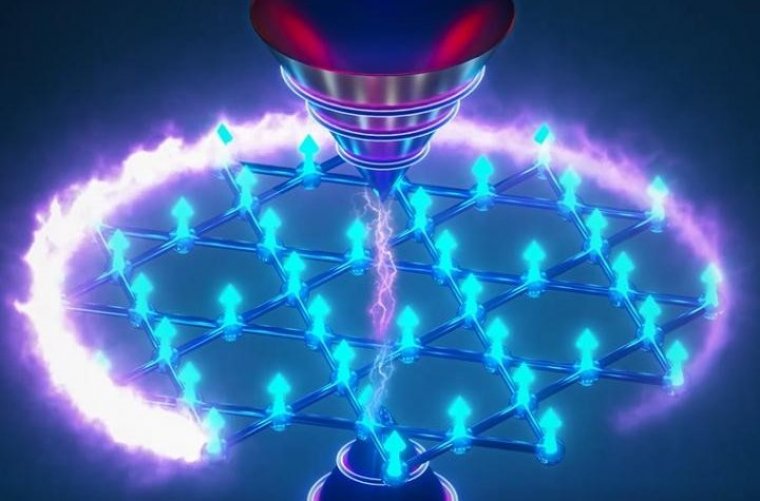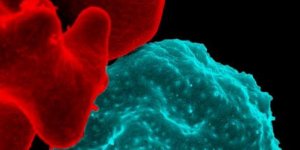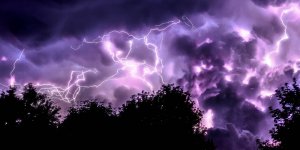| News / Science News |
Scientists discover a magnet that exhibits novel quantum effects
An international team led by researchers at Princeton University has uncovered a new class of magnet that exhibits novel quantum effects at room temperature. Quantum magnets are promising platforms for such developments as green technologies.

Quantum magnets are promising platforms for high storage capacity and future green technologies. Photo: M. Zahid Hasan group, Princeton University
"Quantum" is the Latin word for "amount" and refers to the smallest possible discrete unit of any physical property.
The researchers discovered a quantized topological phase in a pristine magnet. Their findings offer insights into a 30-year-old theory of how electrons spontaneously quantize and demonstrate a proof-of-principle method to discover new topological magnets.
Topology is a branch of theoretical mathematics. It has changed how we describe and classify matter.
"The discovery of a magnetic topological material with quantized behavior is a major step forward that could unlock new horizons in harnessing quantum topology for future fundamental physics and next-generation device research," said M. Zahid Hasan, a Princeton physicist who led the research team.
The researchers have been on a decade-long search for a topological magnetic quantum state that would operate at room temperature.
It had remained elusive, however. Most of the magnets were too difficult to synthesize, the magnetism was not well understood, no decisive signatures of the quantization could be observed, or they operated only at very low temperatures. (National Science Foundation)
YOU MAY ALSO LIKE





